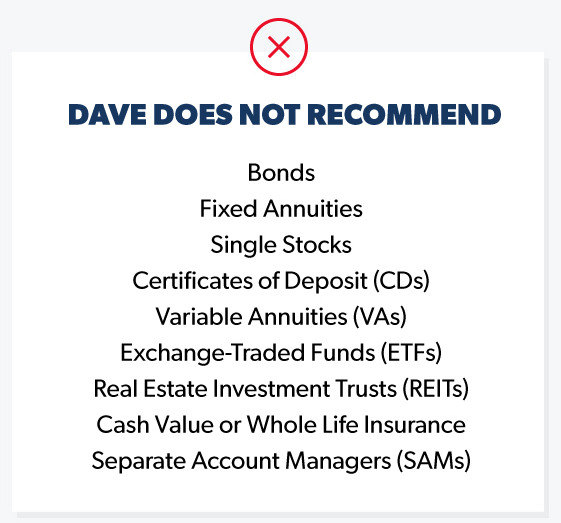| Blended Fund Investments Blended Investments allocate portions of the portfolio in more than one asset class. They may include a mixture of stocks, bonds and/or short-term assets. Bond Investments Bonds can add an income portion to your portfolio. They represent a loan to a corporation or government agency, and provide the opportunity for higher, current income than short-term investments. Unlike short-term investments, bond prices fluctuate with changes in interest rates. Income Fund A type of mutual fund designed to provide current income, either on a monthly or quarterly basis. Share prices of income funds are not fixed; they tend to fall when interest rates are rising and to increase when interest rates are falling. These funds invest in corporate, government, or municipal bonds, as well as pools of mortgage-backed securities (such as Government National Mortgage Association (Ginnie Maes)). Lower-quality debt securities involve greater risk of default or price changes due to potential changes in the credit quality of the issuer. International Fund International funds invest primarily in securities of companies located outside the U.S. These funds are generally more volatile than U.S.-only funds because of changes in foreign stock market conditions, currency values, and economic and political conditions. These risks are generally intensified in emerging markets. For long-term investors willing to assume these additional risks, international funds provide the potential for greater gains than money market, bond, and many other stock funds. International Specialty International specialty funds are a more aggressive choice for investors who want to pursue building wealth over the long term. These funds invest in companies found primarily in a single area or sector of the economy. Because of their narrow focus, prices of specialty funds can be more volatile than prices of funds with a broader investment strategy. For this reason, many investors devote small parts of their portfolios to specialty funds. Large Cap Investments in companies that have market capitalizations above $8 billion dollars. Large-cap investments usually contain stocks of well-established companies-familiar names that you may know. They are generally companies with diversified product lines and experienced management teams. Many of these companies have sound businesses and have had a long history of steady growth. Mid Cap Investments in companies that fall in between small- and large- cap stocks. Currently, the market capitalization range is from $1 billion to $8 billion dollars. Mid-cap investments usually contain stocks which range from relatively young enterprises to more established companies poised for market leadership. Some may be in new economy industries such as the Internet, wireless and biotechnology industries, but mid-caps can cover nearly every sector. Investments in mid-sized companies may involve greater risks than those in larger, more well known companies, but may be less volatile than investments in smaller companies. In general, mid cap stocks offer growth potential with medium risk. Other Any investment that does not fall into any of the other types listed. Short-Term Investments Short-term investments can add stability to your portfolio. They provide current income and seek to preserve the value of your investment. Examples of these investments include certificates of deposits (CDs), Treasury bills and Money Market instruments. They also tend to provide the lowest returns over the long term. Small Cap Investments in companies that have market capitalizations less than $1 billion dollars. Investors often think of small-cap investments as young, dynamic companies in high-growth phases. Small cap stocks do not always have a technology focus. There are small cap stocks in nearly every industry sector. It is true, however, that small-company stocks are often more volatile than stocks of larger, more established companies. Smaller companies do not always have the resources and management experience to weather down-turns in business cycles. Small caps can offer growth potential, but may have higher risk. Specialty Funds Specialty funds are a more aggressive choice for investors who seek to build wealth over the long term. These funds invest in companies found primarily in a single area or sector of the economy. Because of their narrow focus, prices of specialty funds can be more volatile than prices of funds with a broader investment strategy. For this reason, most investors devote small parts of their portfolios to specialty funds. Stock Investments Stocks can add a growth component to your portfolio. They represent ownership or equity in a company. Stocks have the potential to outperform other types of investments over the long term. However, stocks tend to have wider price fluctuations over short periods of time than other securities and therefore, present more risk. |


